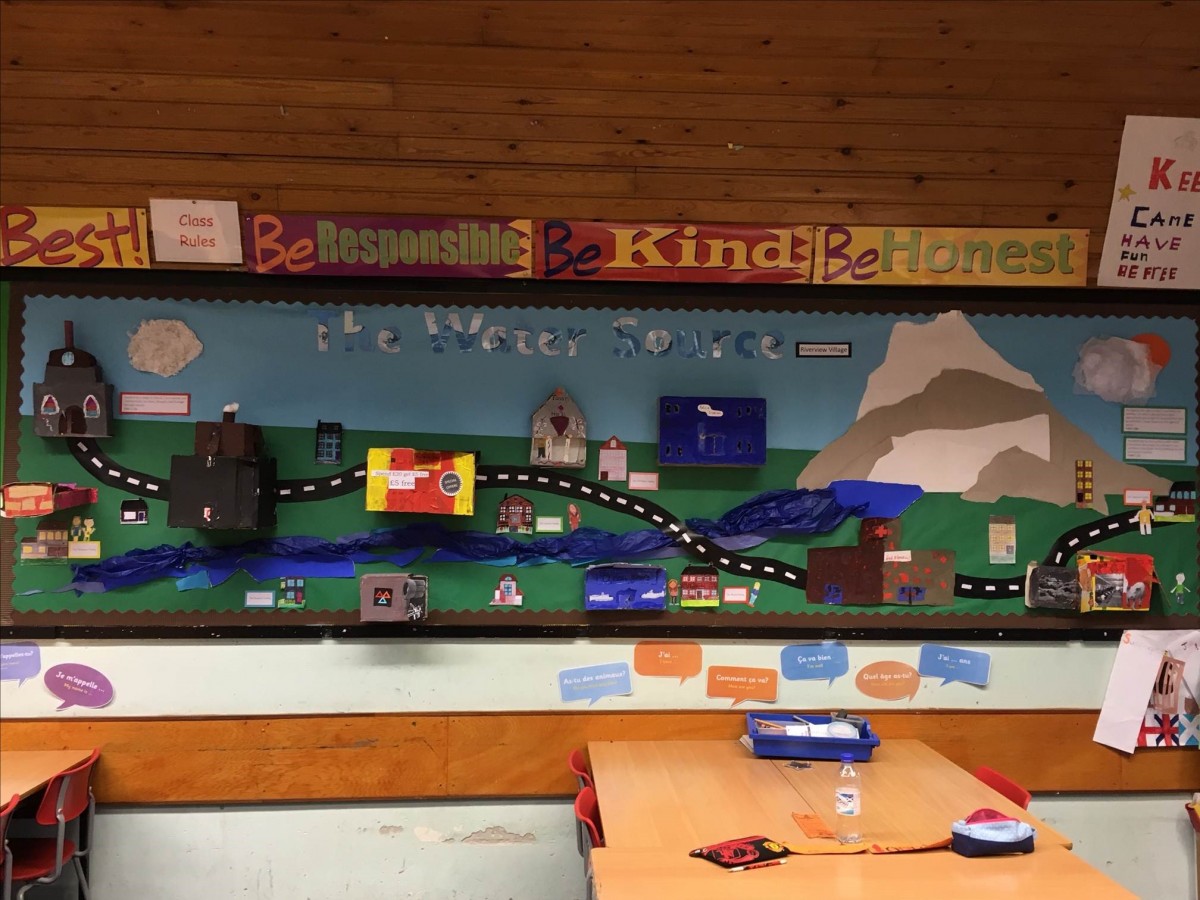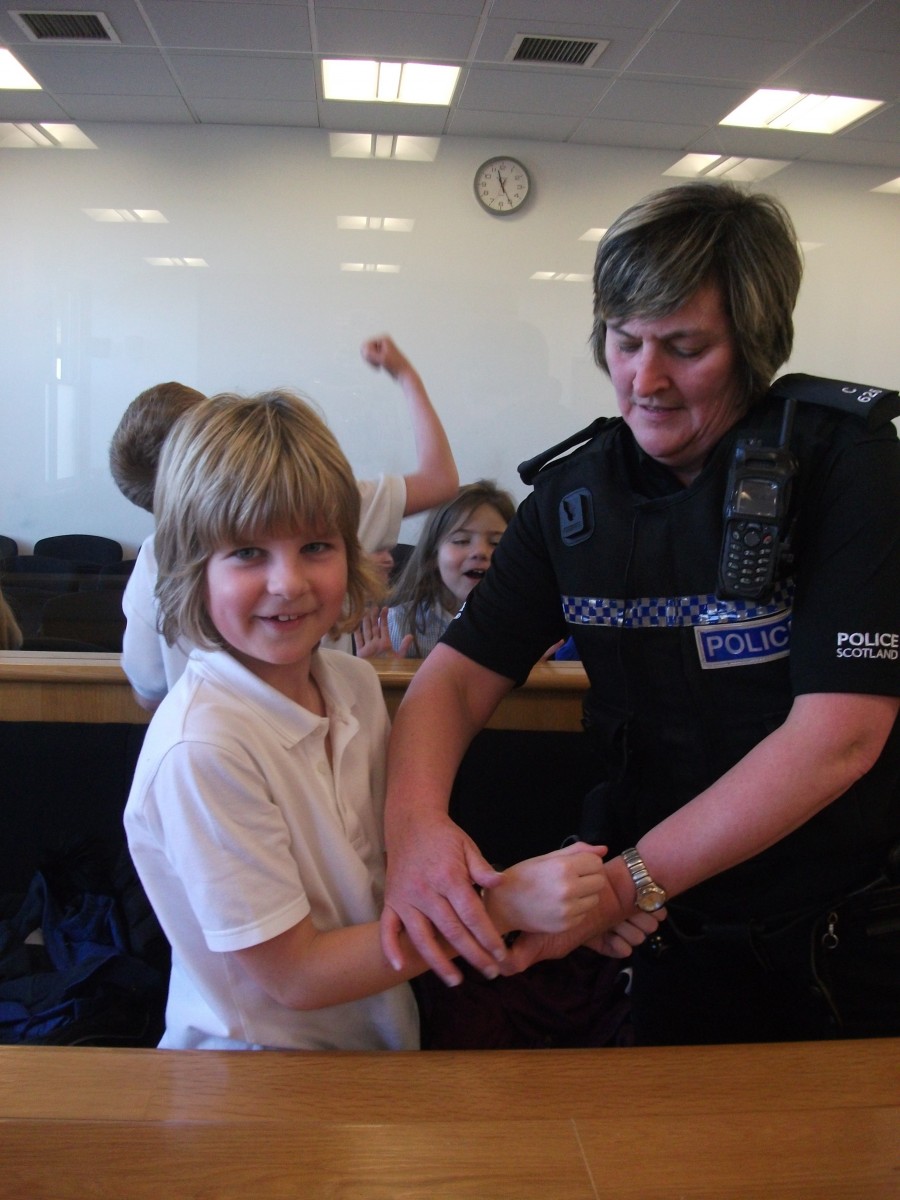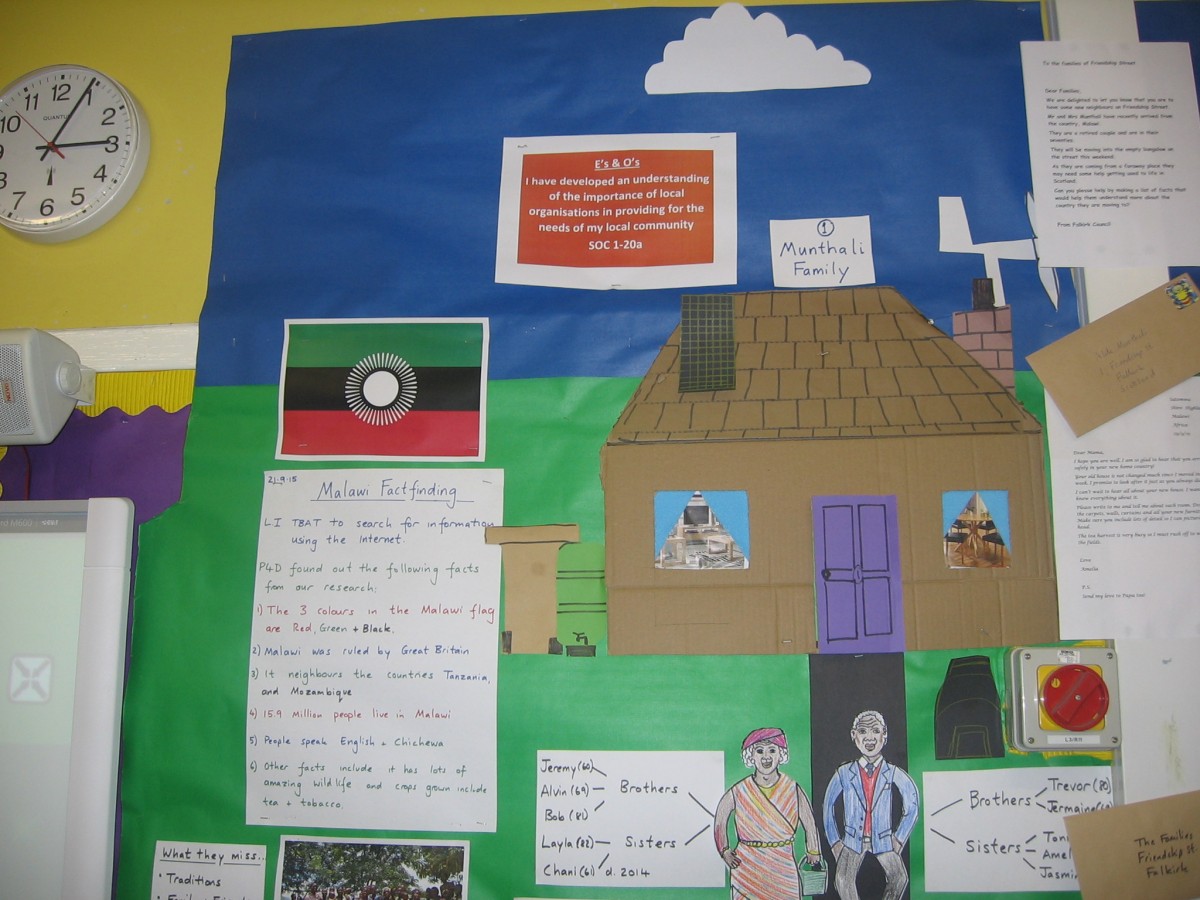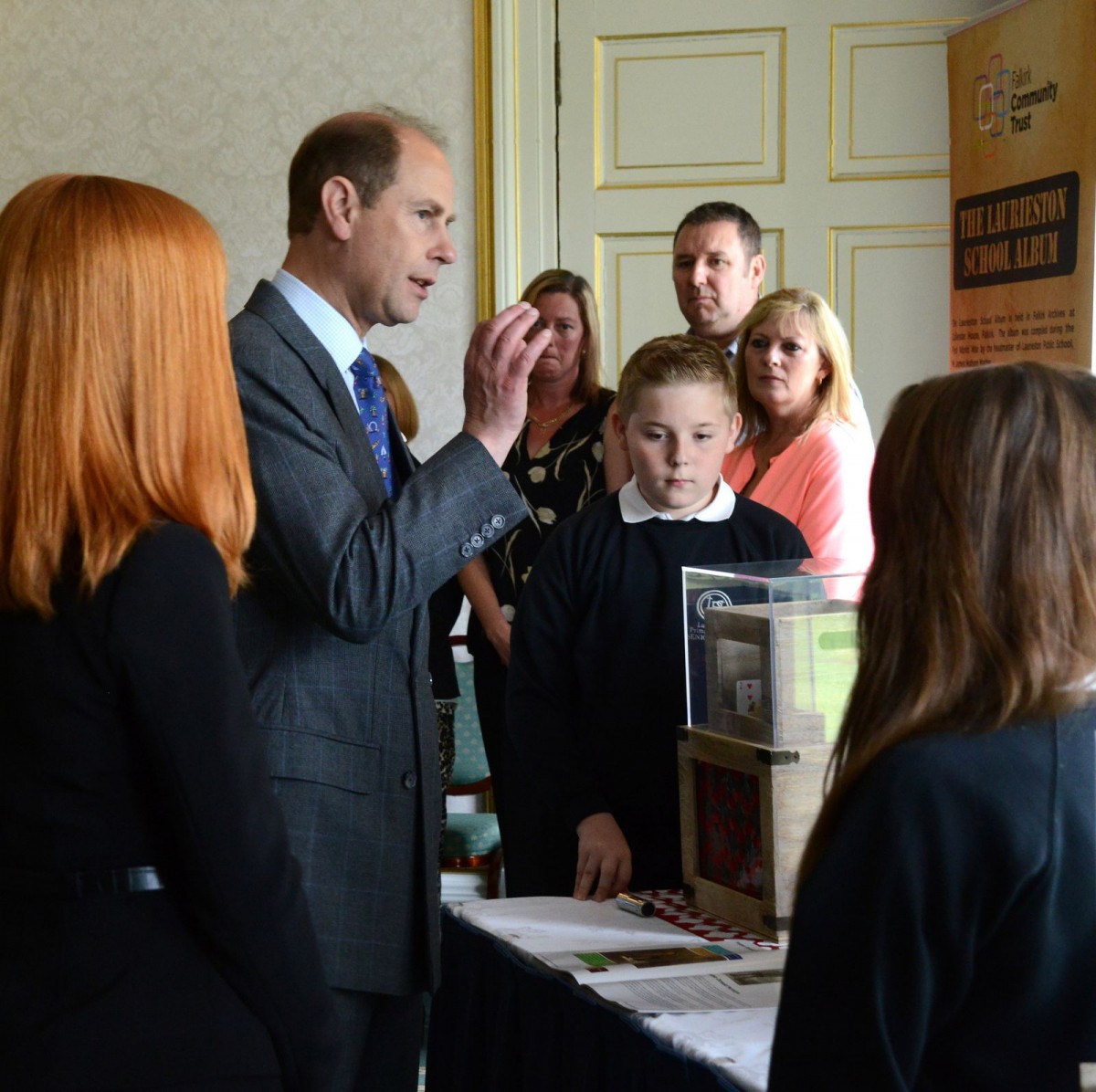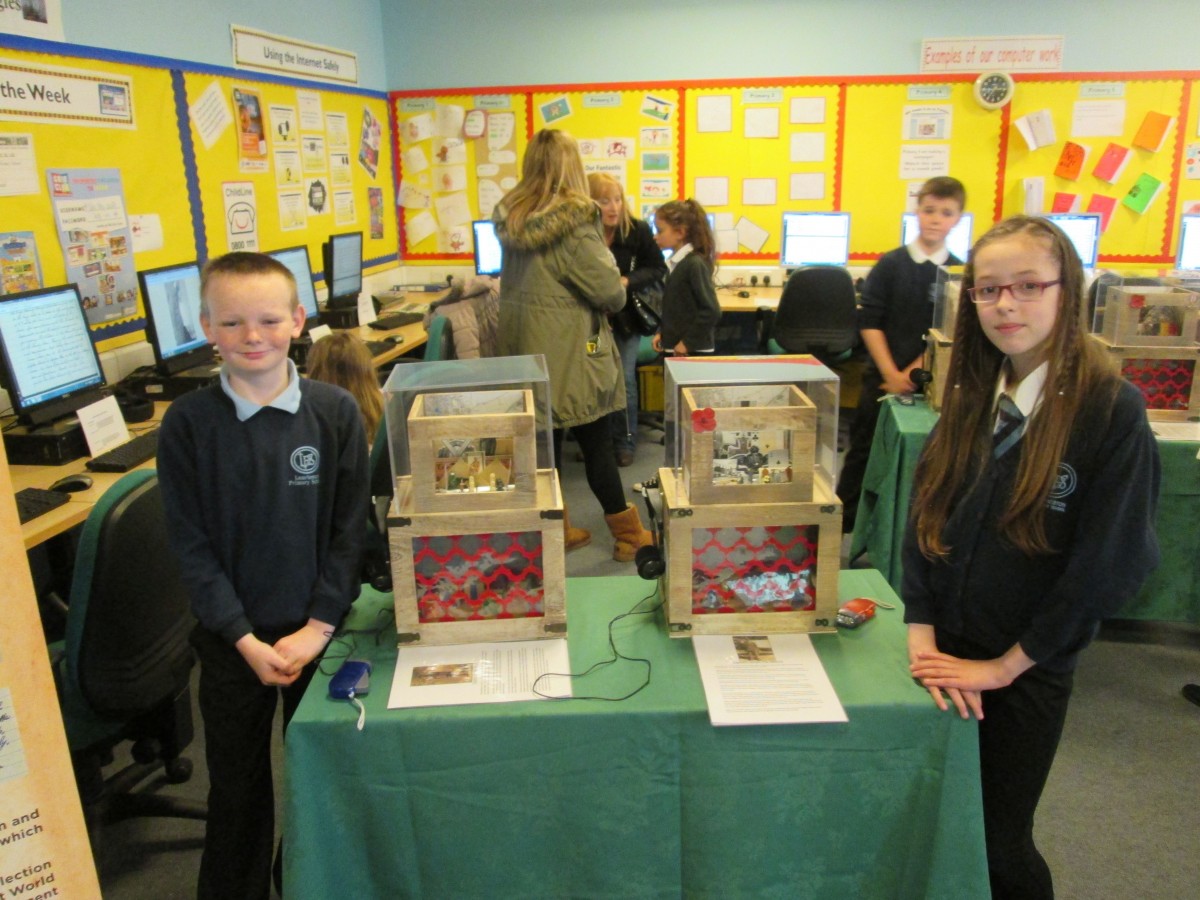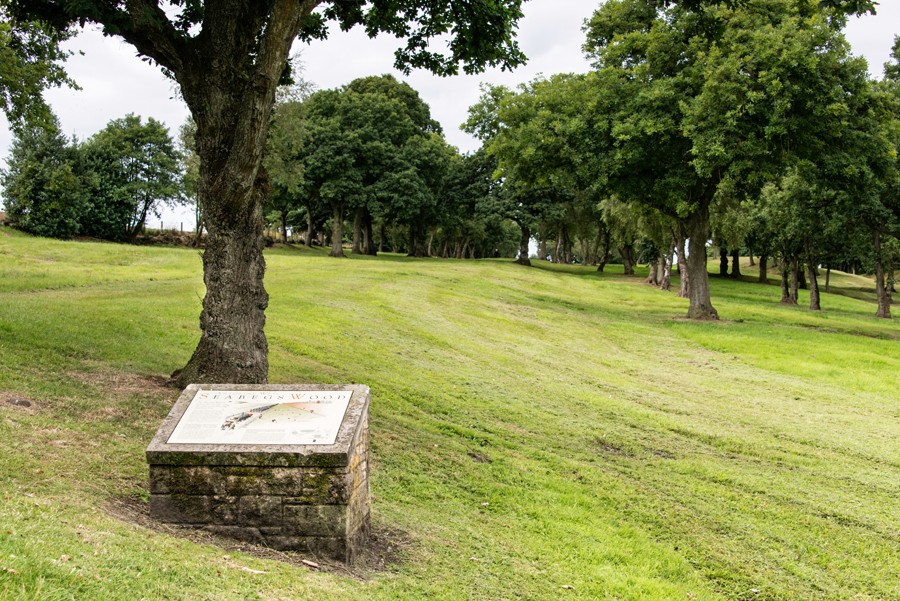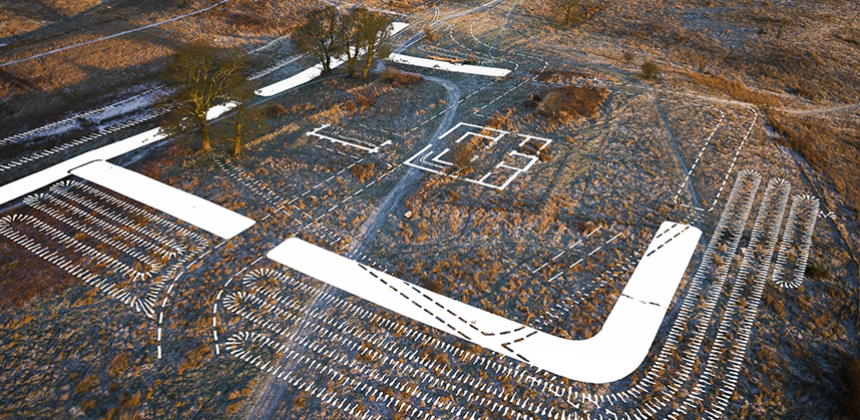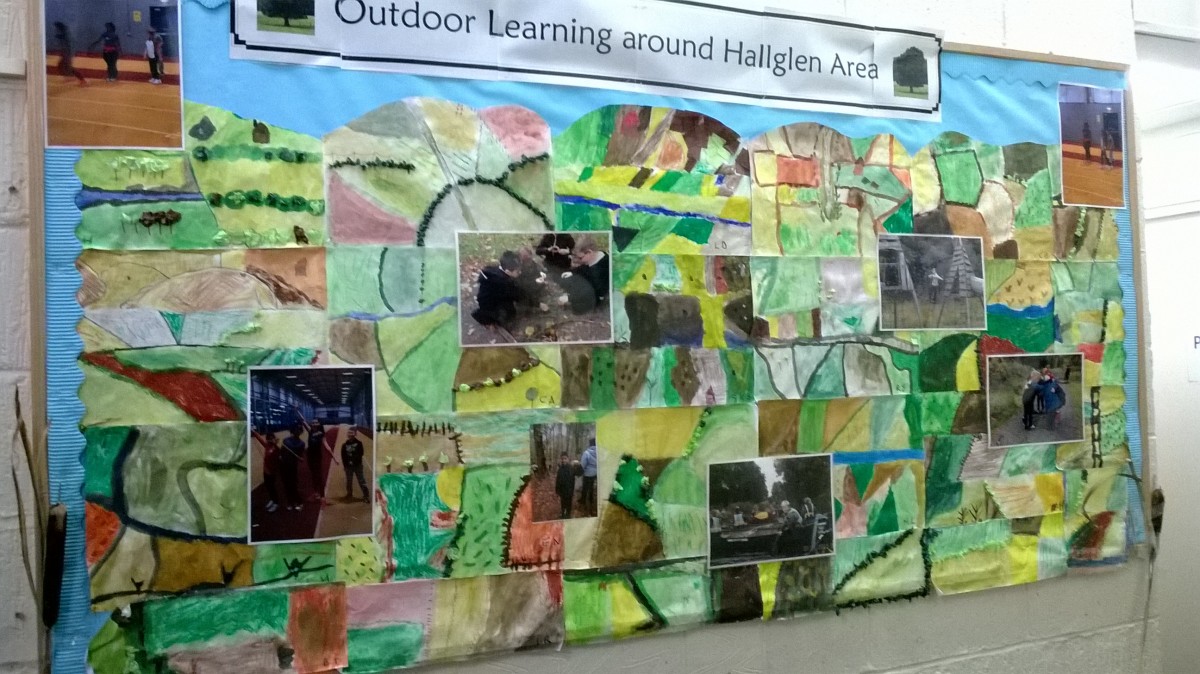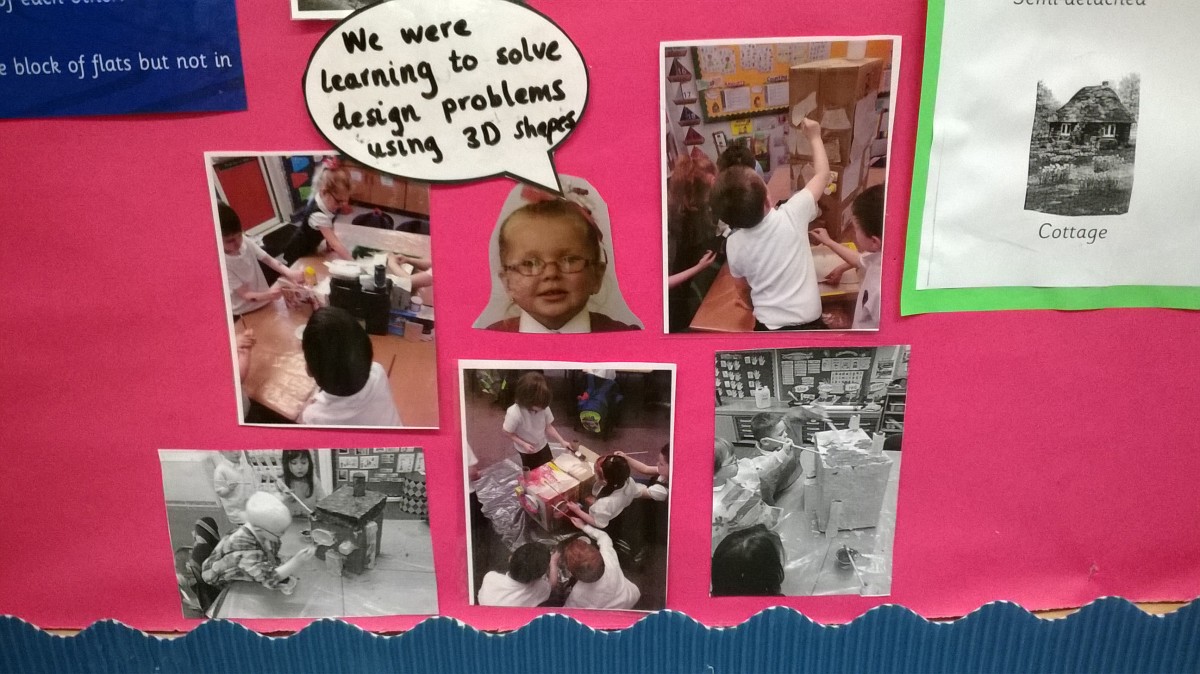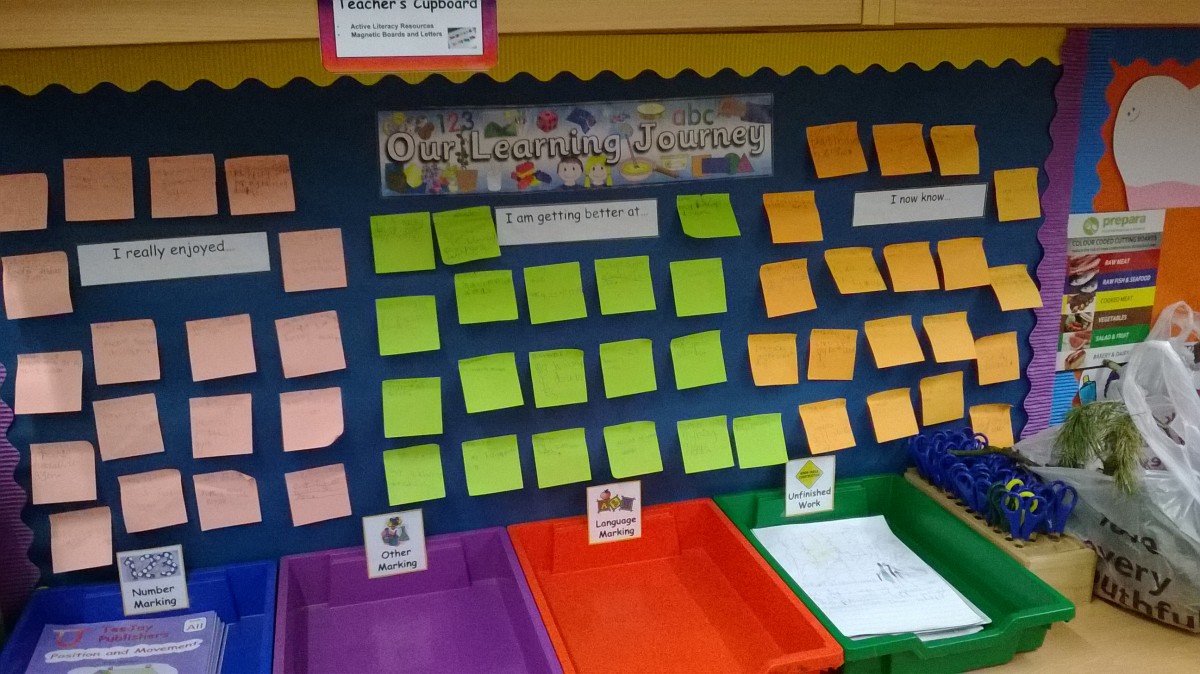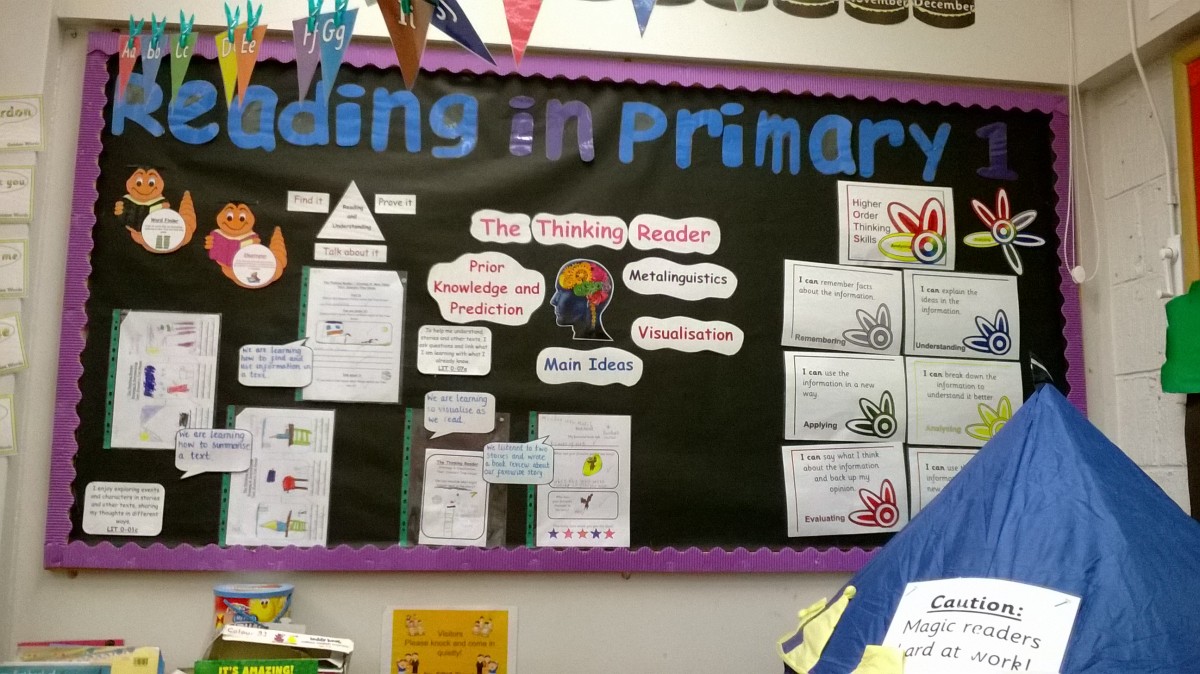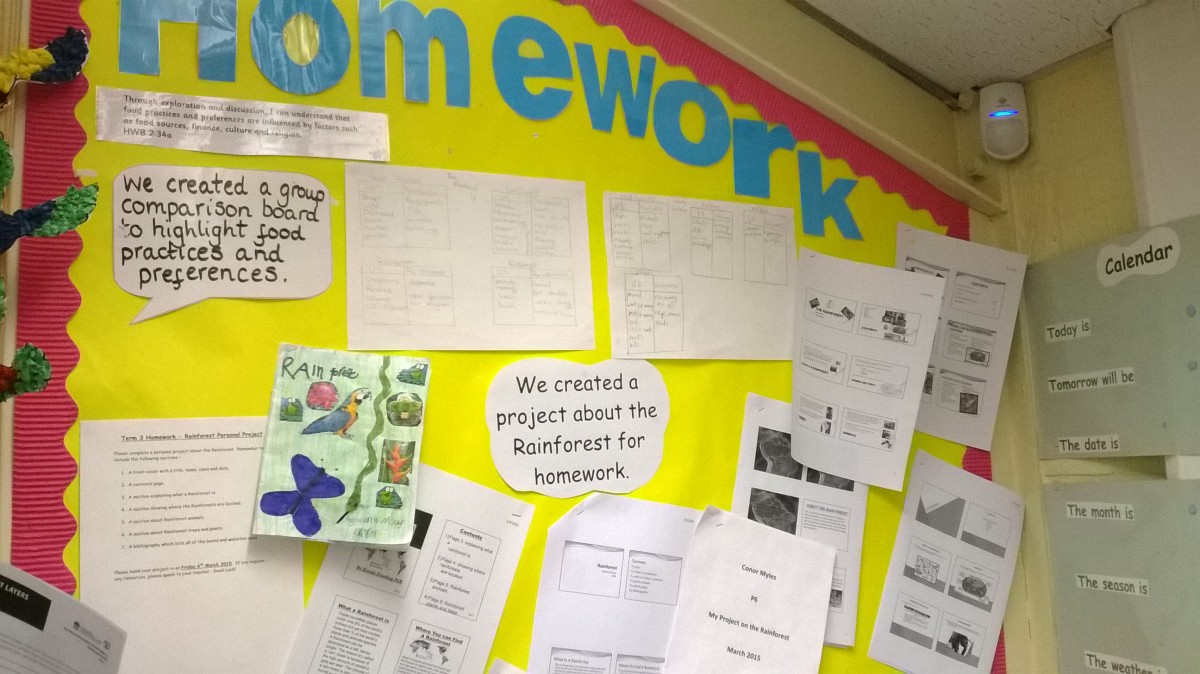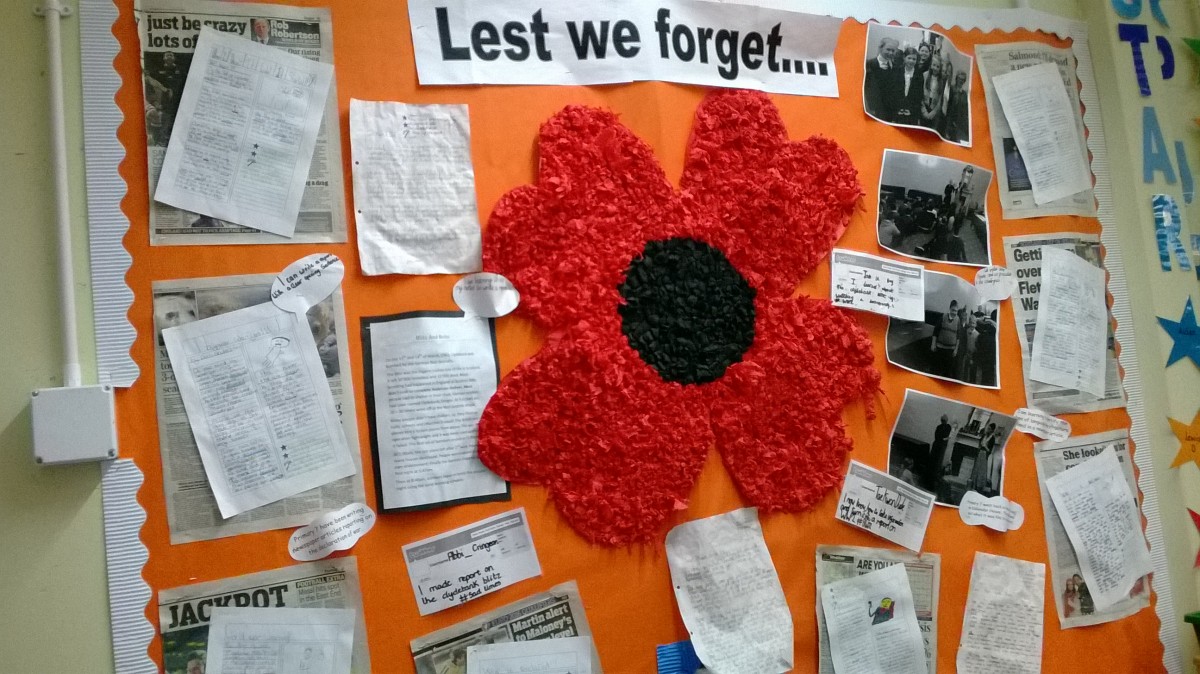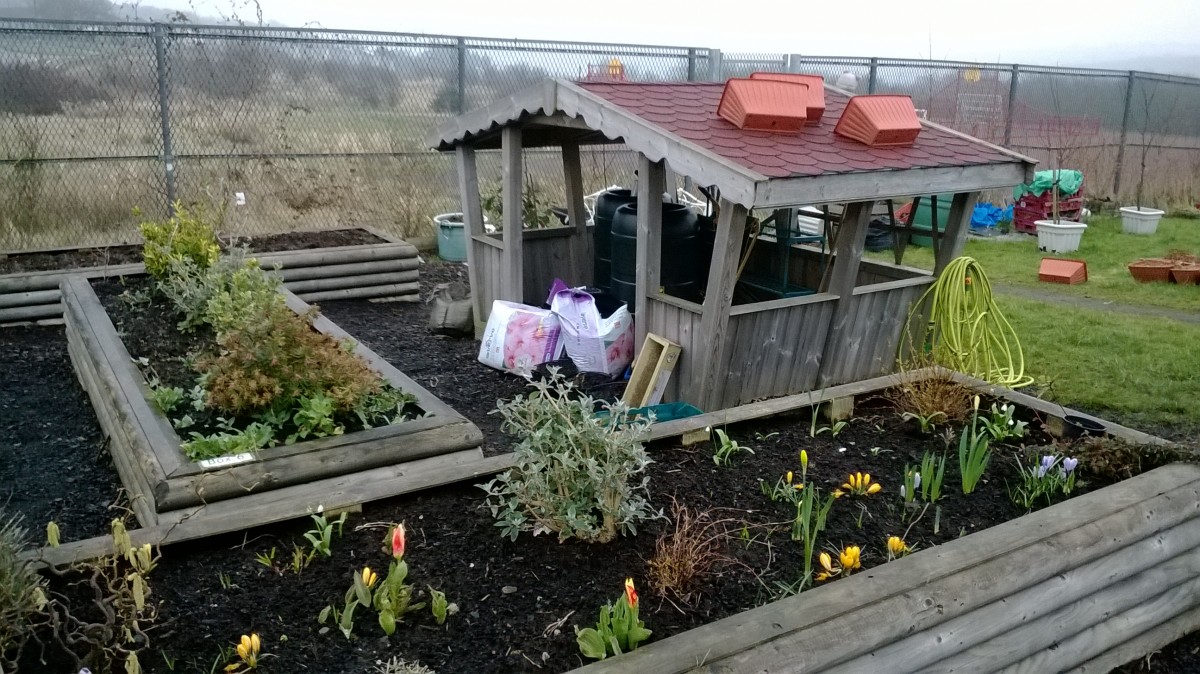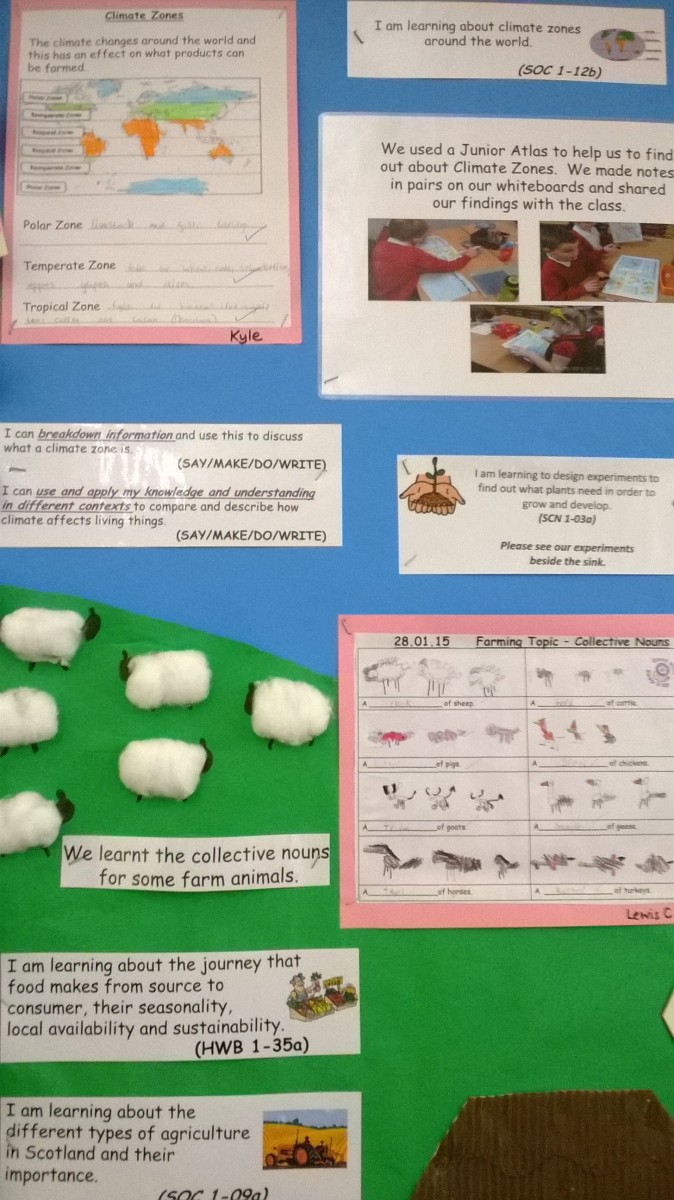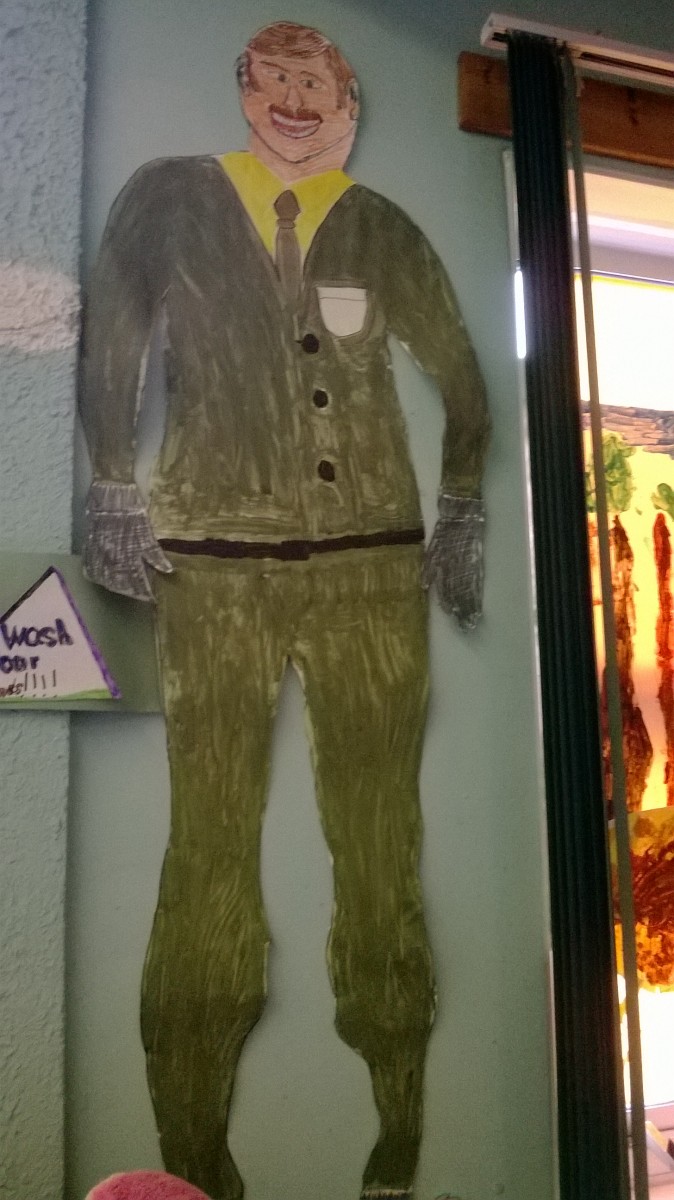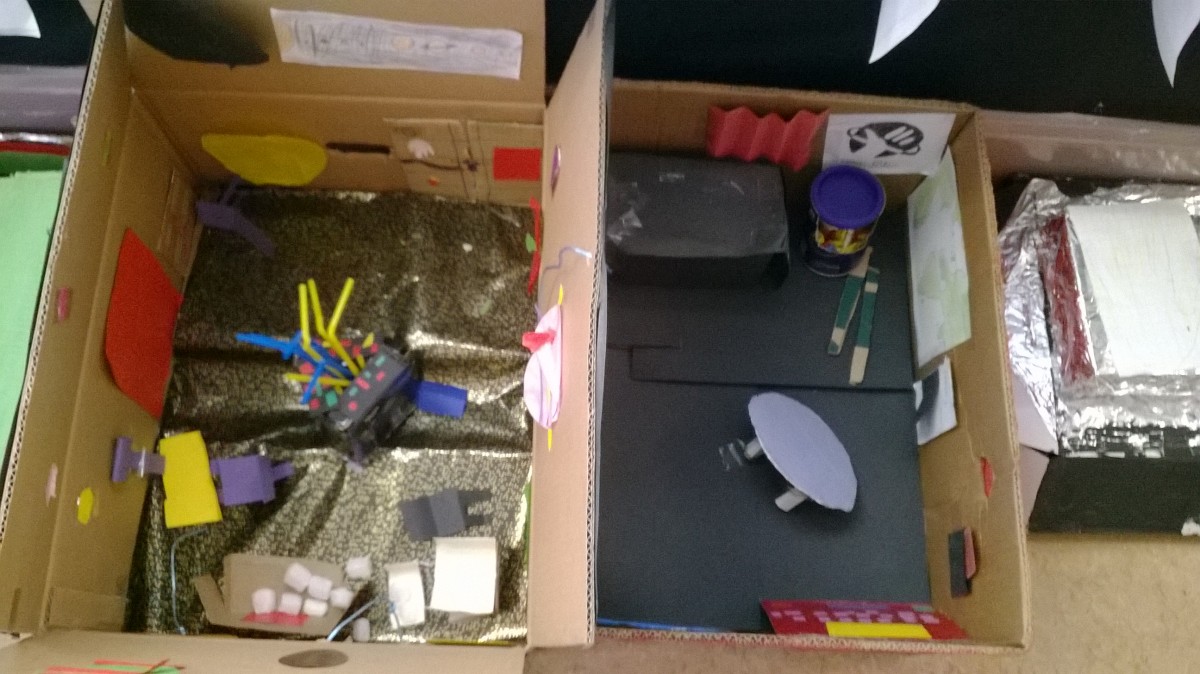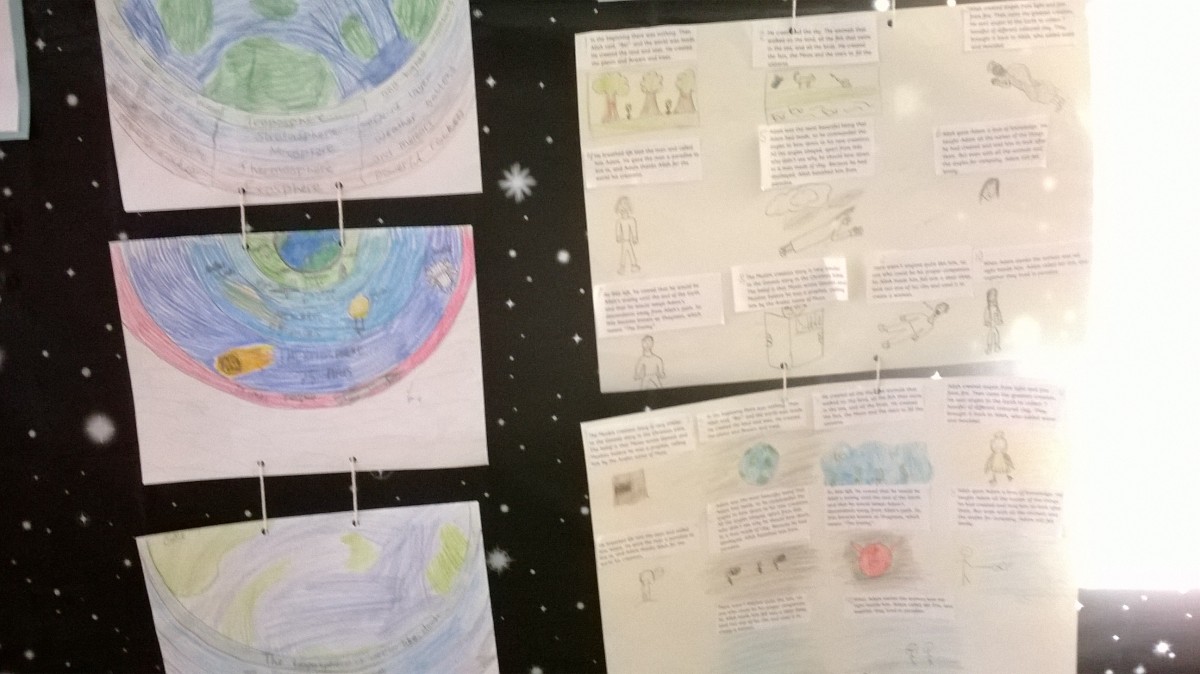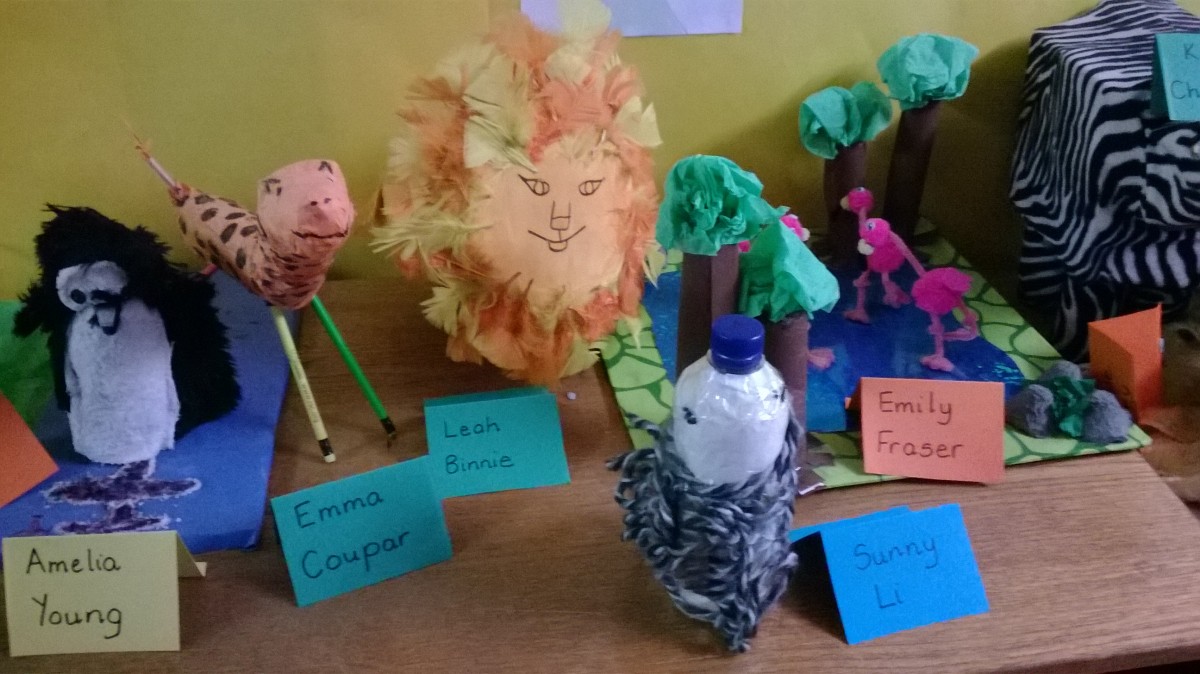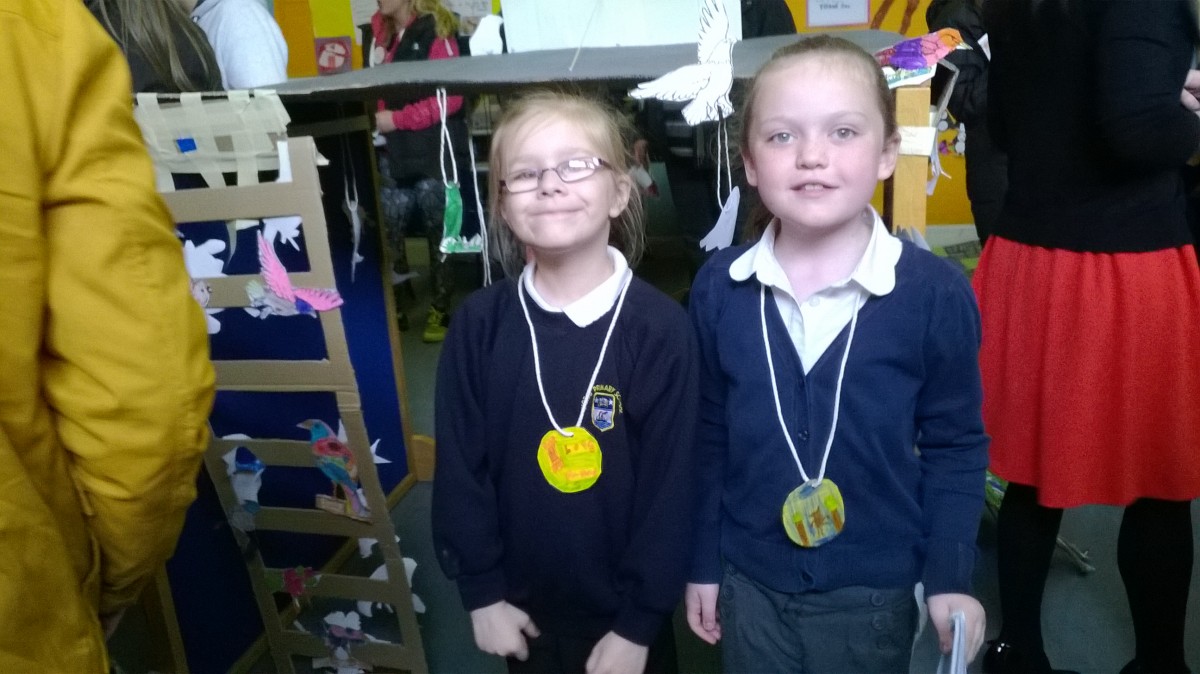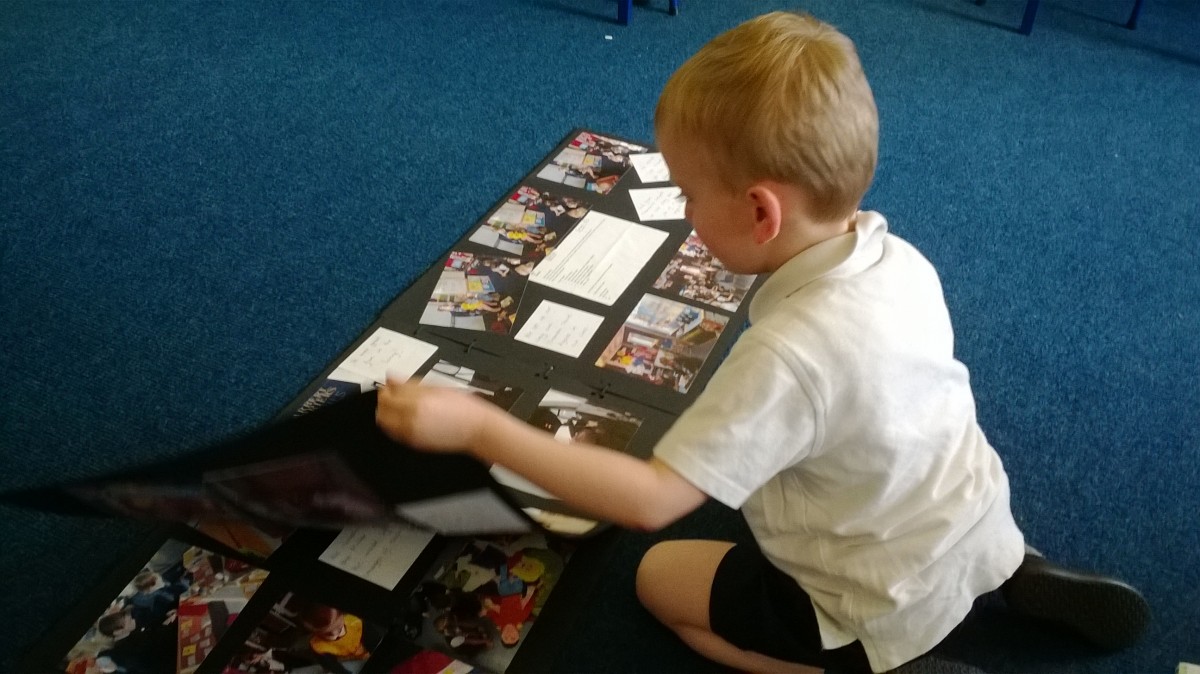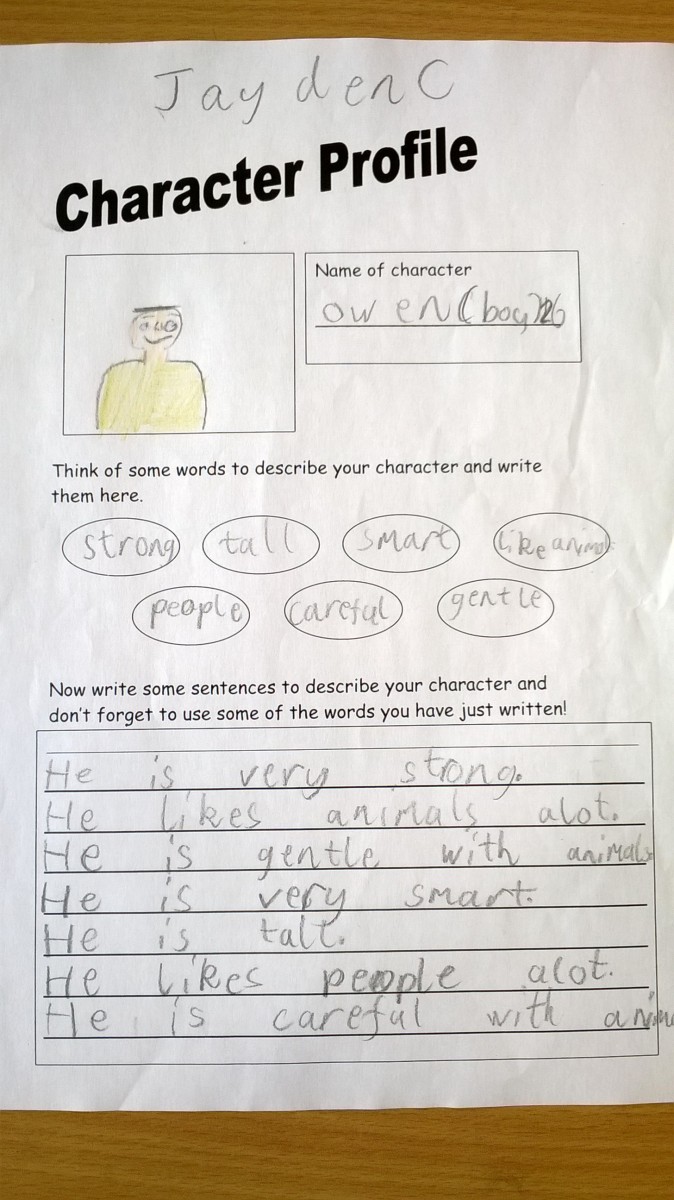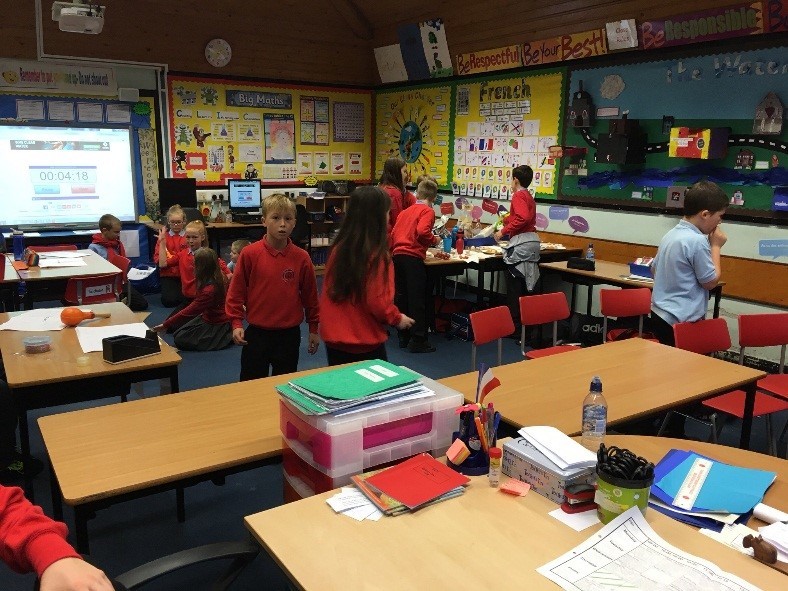 Pupils and teachers in primary 6 & 7 at Head of Muir PS are enjoying their developing Water Source storylines. The Water Source is a global storyline created by the West of Scotland Development in Education Centre (WOSDEC) and University of Strathclyde, which you can learn more about by clicking here.
Pupils and teachers in primary 6 & 7 at Head of Muir PS are enjoying their developing Water Source storylines. The Water Source is a global storyline created by the West of Scotland Development in Education Centre (WOSDEC) and University of Strathclyde, which you can learn more about by clicking here.
Kirsty Bruce is working on the storyline with her primary 7 class as part of her second year of global storyline training. She is also supporting her colleagues in primary 6 and 7, with their delivery of the storyline, including Nicola Harding, a probationer teacher for primary 6. Nicola has very effectively documented what she has done so far, and how it has impacted on her pupils – see a short extract below, and click here for Nicola’s full documentation:
We started our topic by creating a strong foundation of community. Following initial research into what the term means, we set about creating our own fictional community to become our ‘home’ for the next 8 weeks. Learners were fully engaged with the process from the beginning, largely because they had full ownership of the village and sense of community. We discussed the careers and responsibilities needed to support a village and created characters/families based on these ‘needs’.
Here is our village display. We brought in a selection of junk items and were free to create our buildings in our own way using our own ideas for design and materials. We all worked together to create the river, road and houses.
Since we created our ‘families’, they have become very important to us and we do a lot of things together. We update our character diaries on a weekly basis detailing each new and exciting thing we have been involved in. 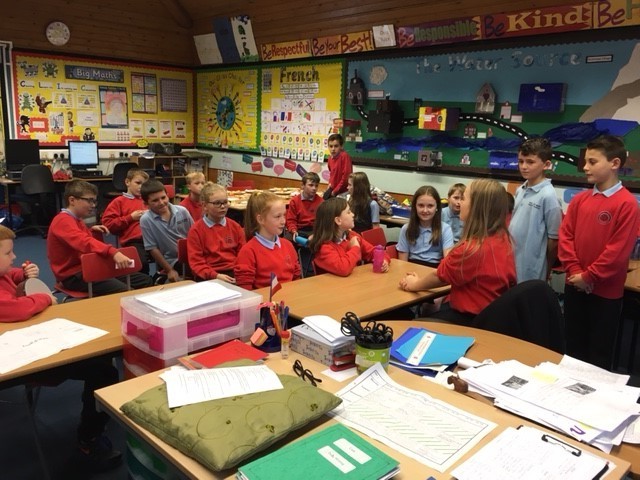
Global storylines are strong interdisciplinary learning which help practitioners develop skills, knowledge, attitudes and values in a powerful, but naturally connected way for their pupils.
Kirsty explained that: “Initially we got together to plan how we would approach the storyline and I shared information I have gathered from the Global Storyline course. I have been very impressed with how Nicola has taken this on in her class and it is great to hear about how involved the children are.
We have mainly collaborated on ideas for the classroom displays and resources that we have each created. However, frequent discussions about how things are going have been very useful for sharing ideas and talking through the plans and how best to approach the learning at each point.”
For more information about global storyline training in Falkirk schools, contact yvonne.mcblain@falkirk.gov.uk .
